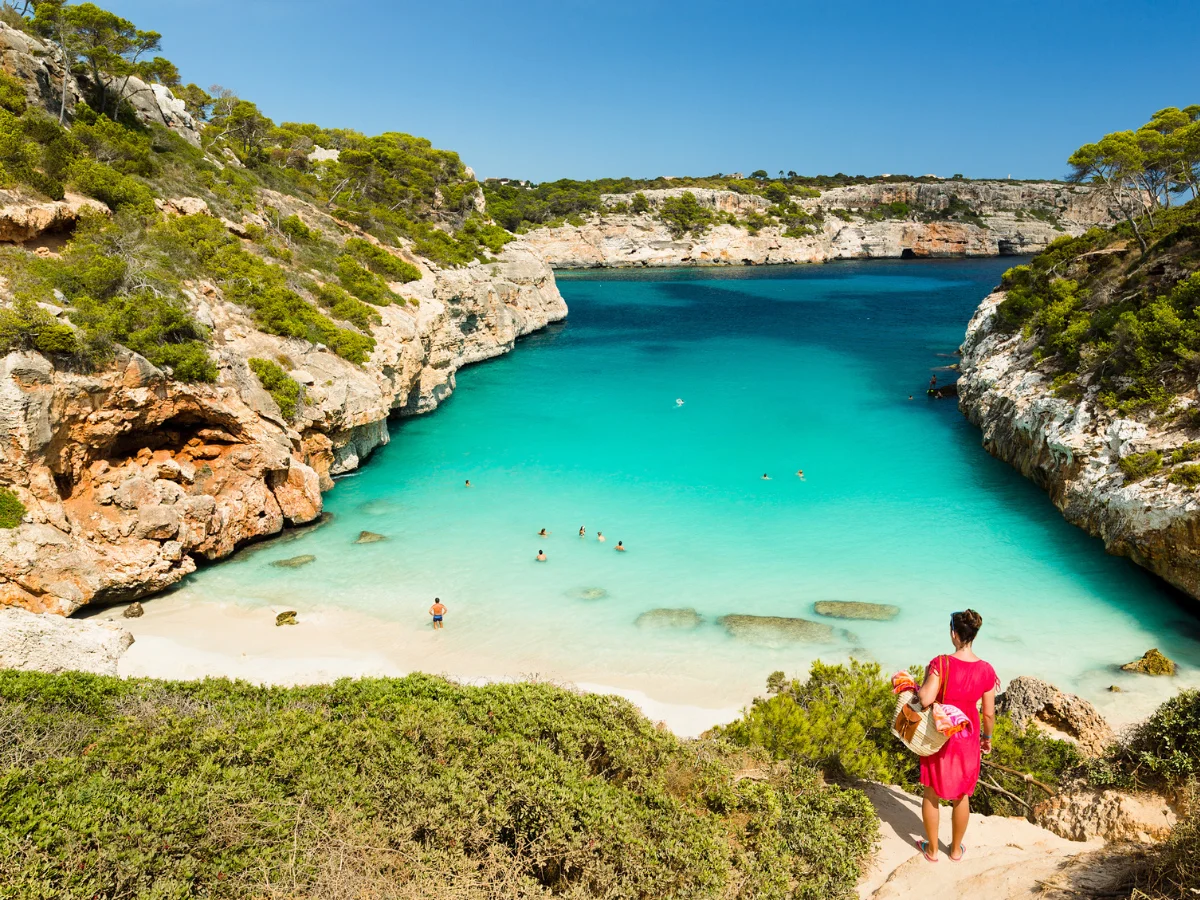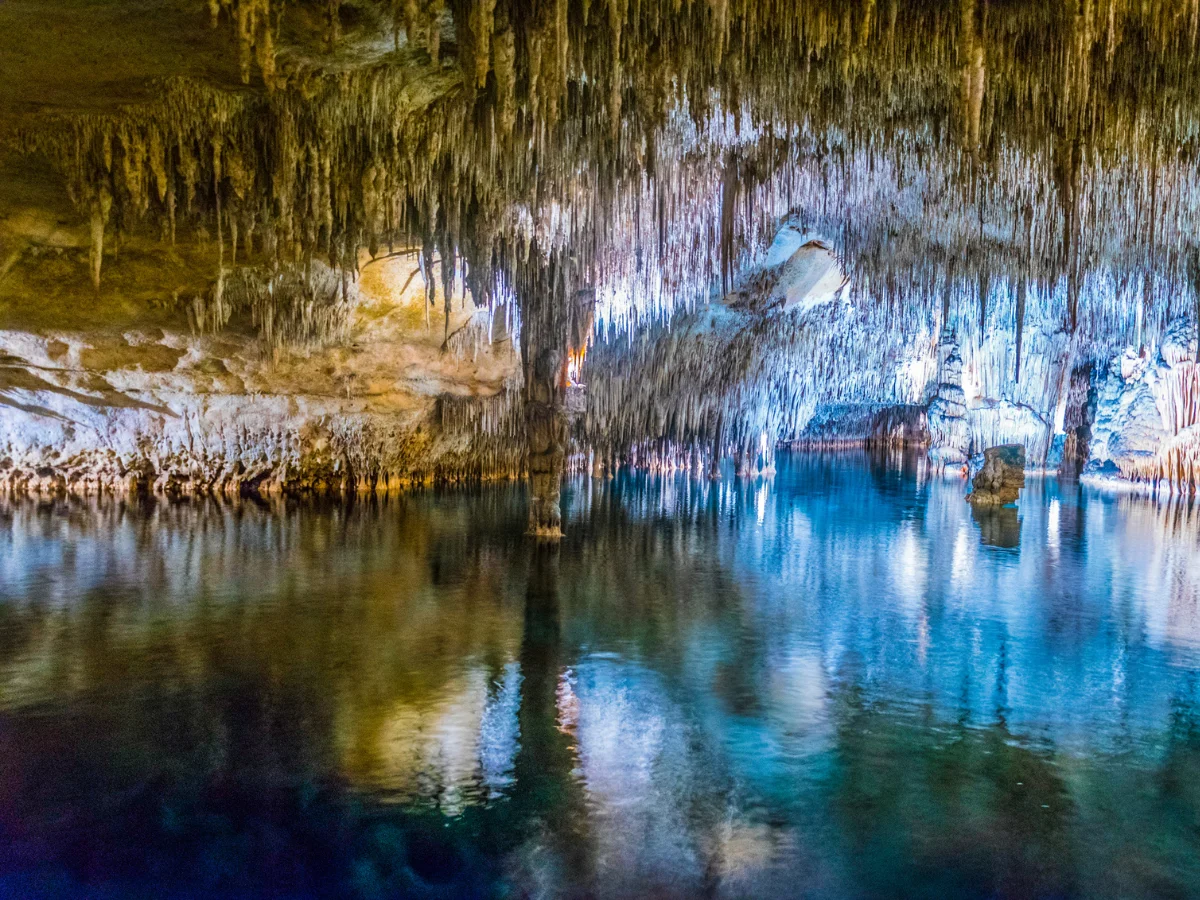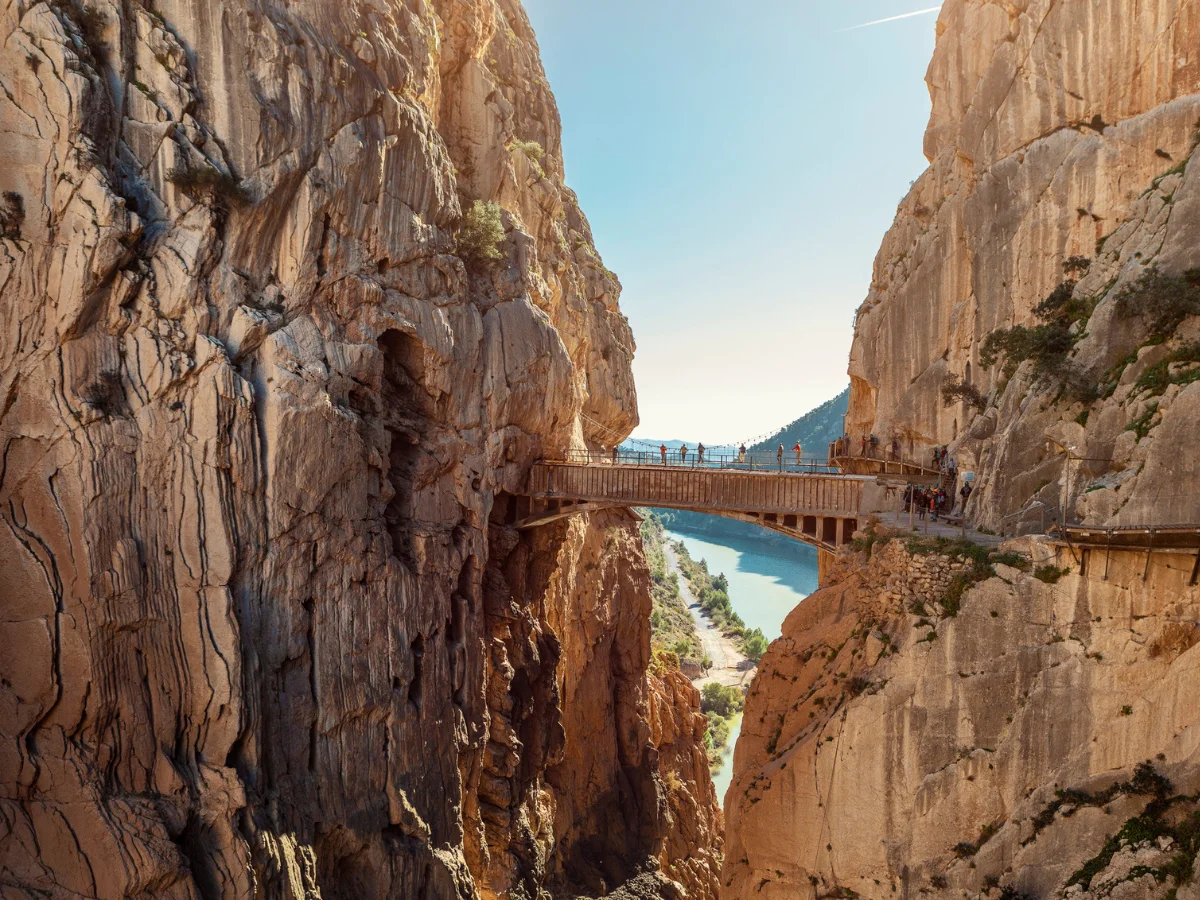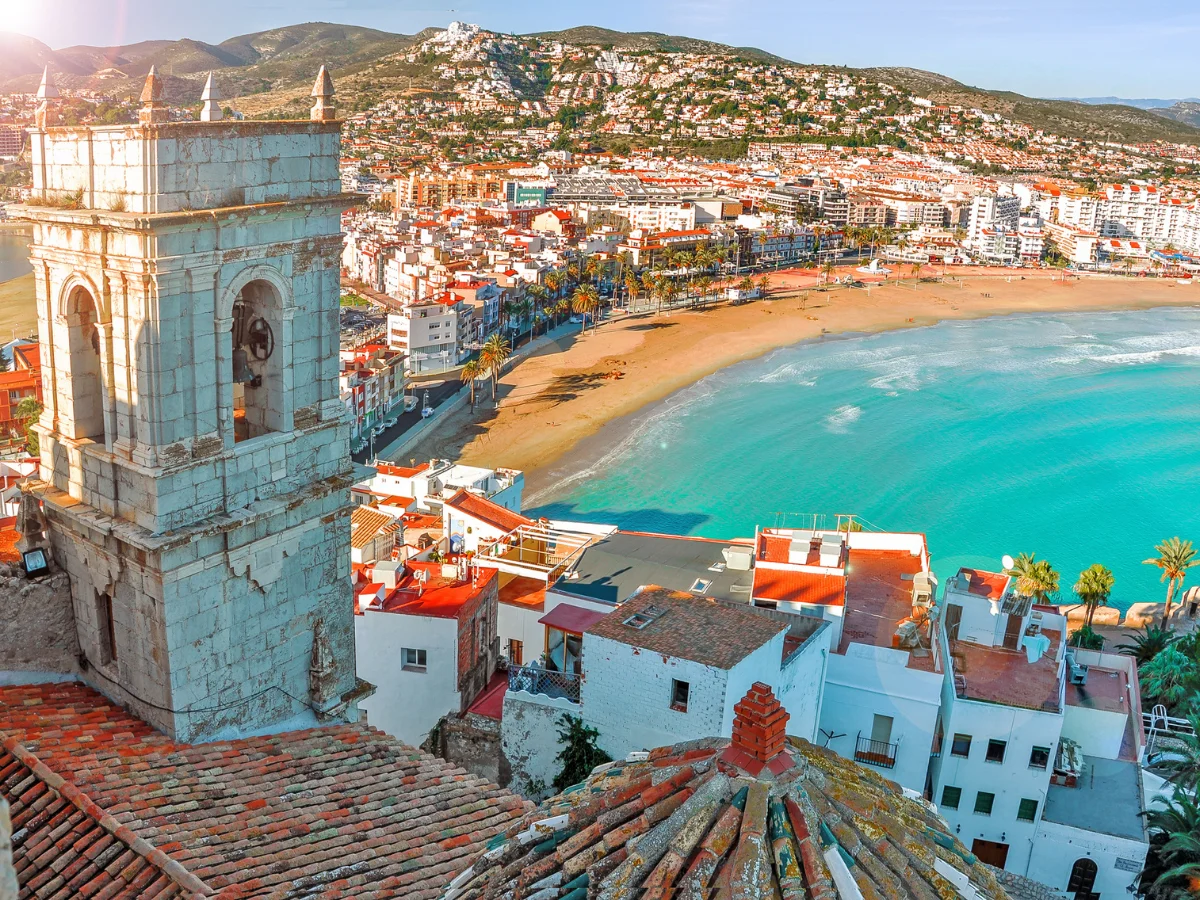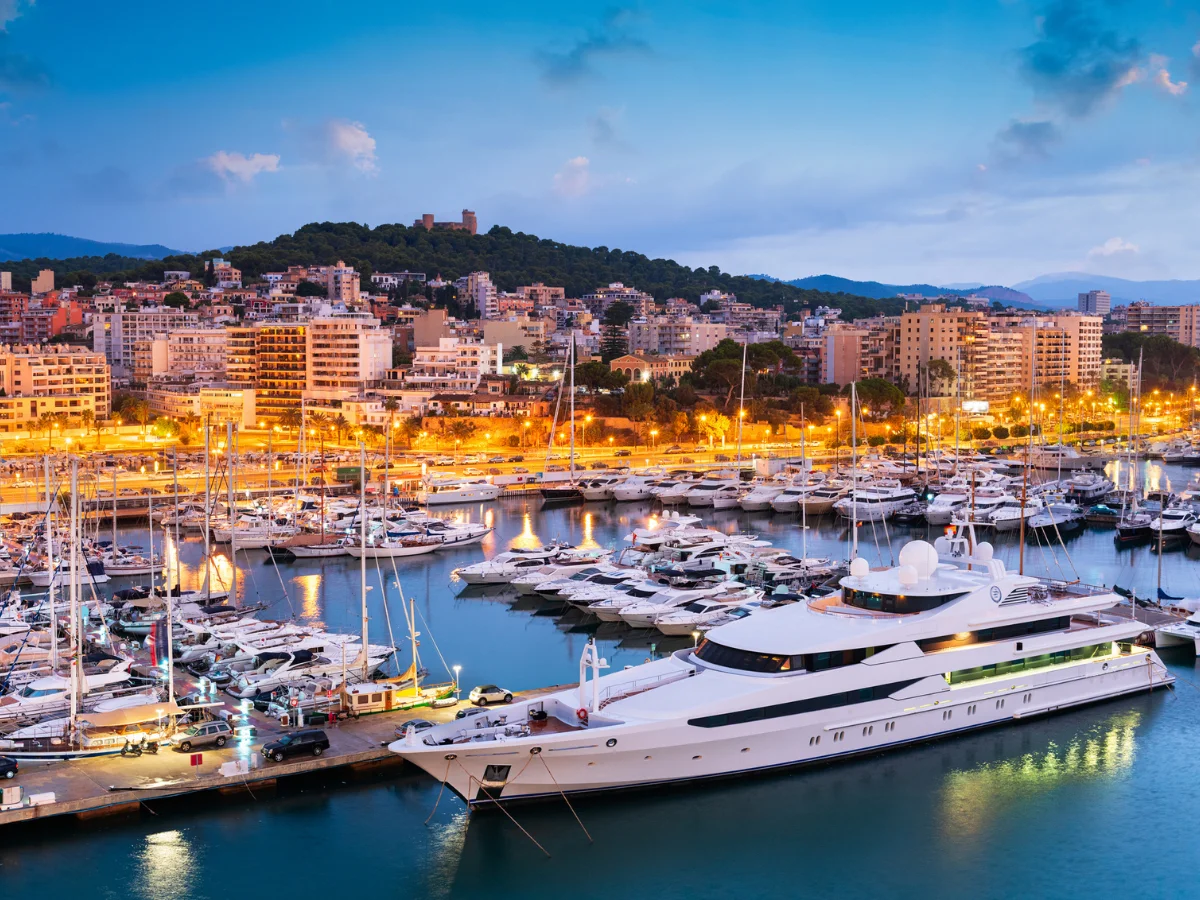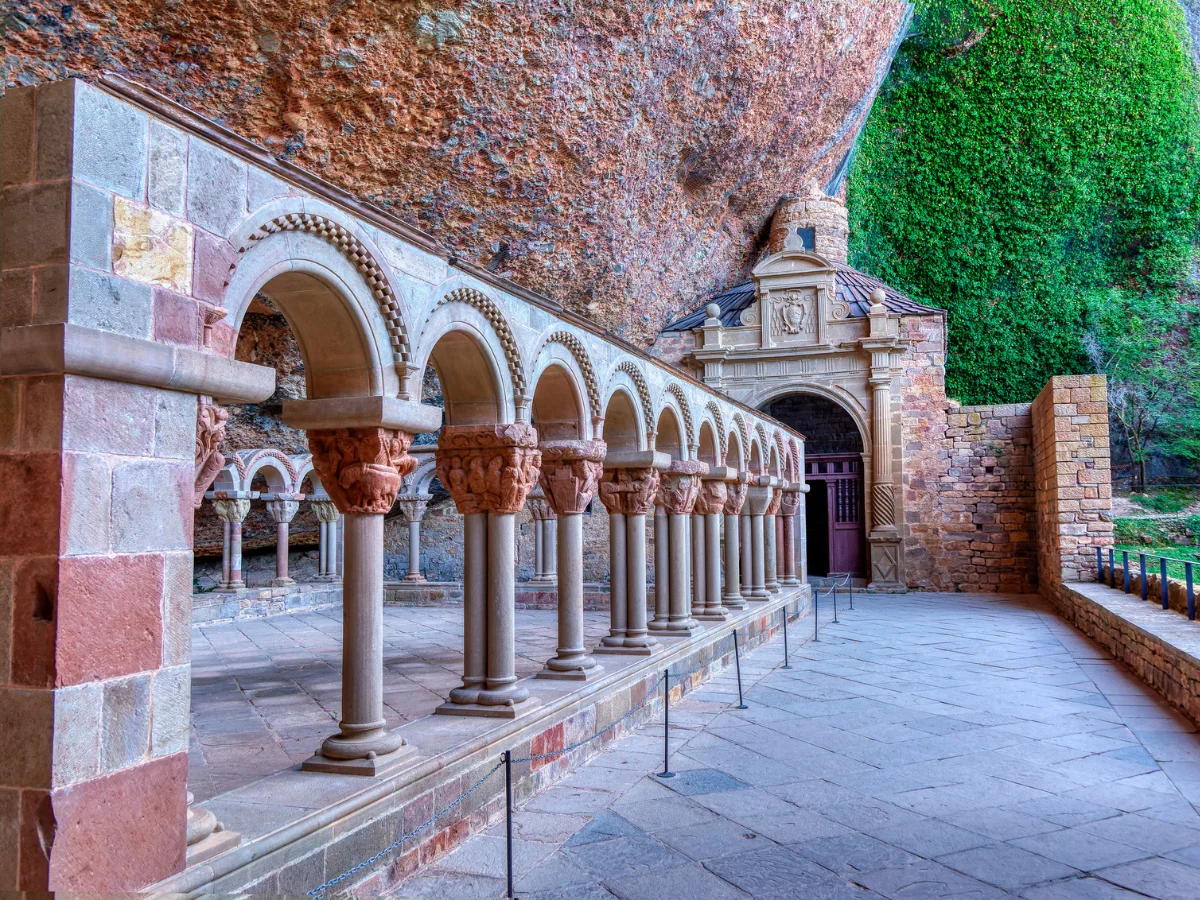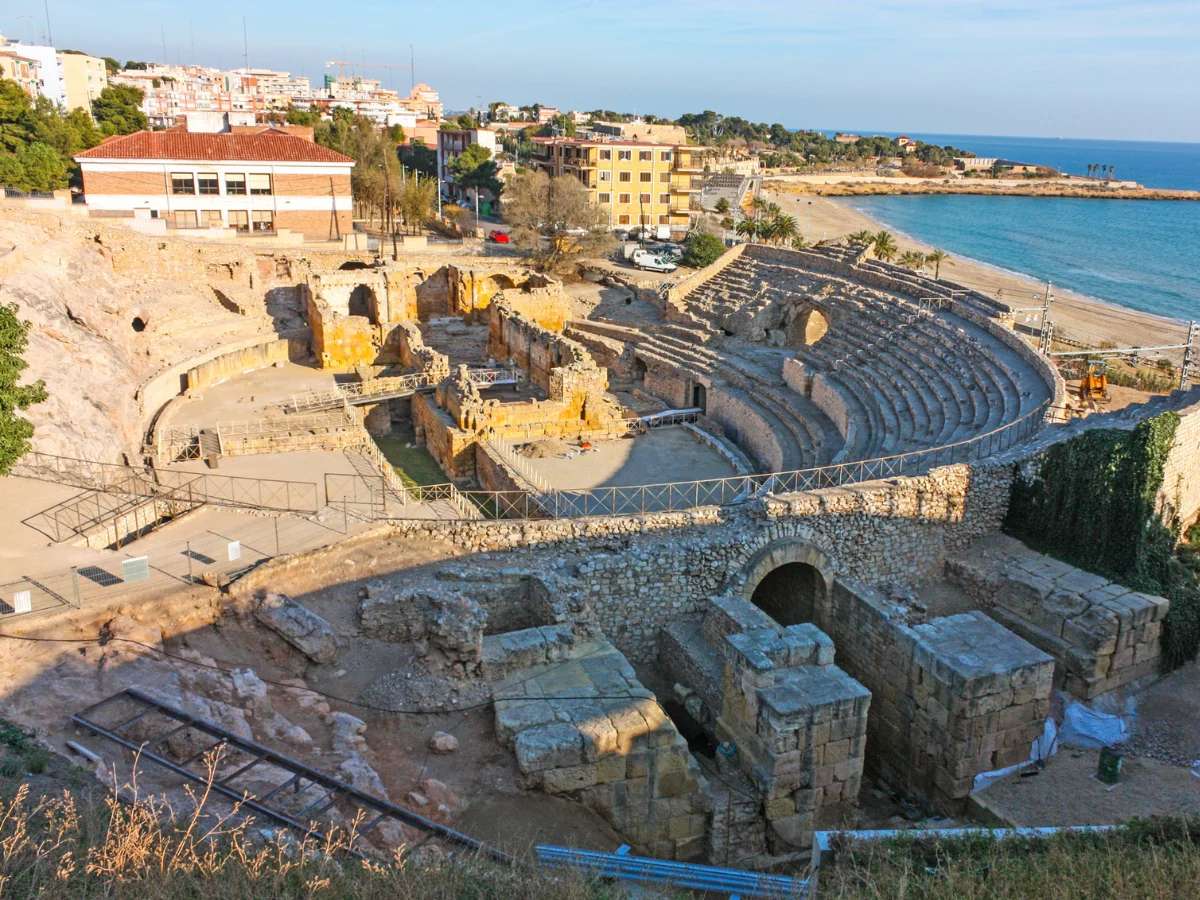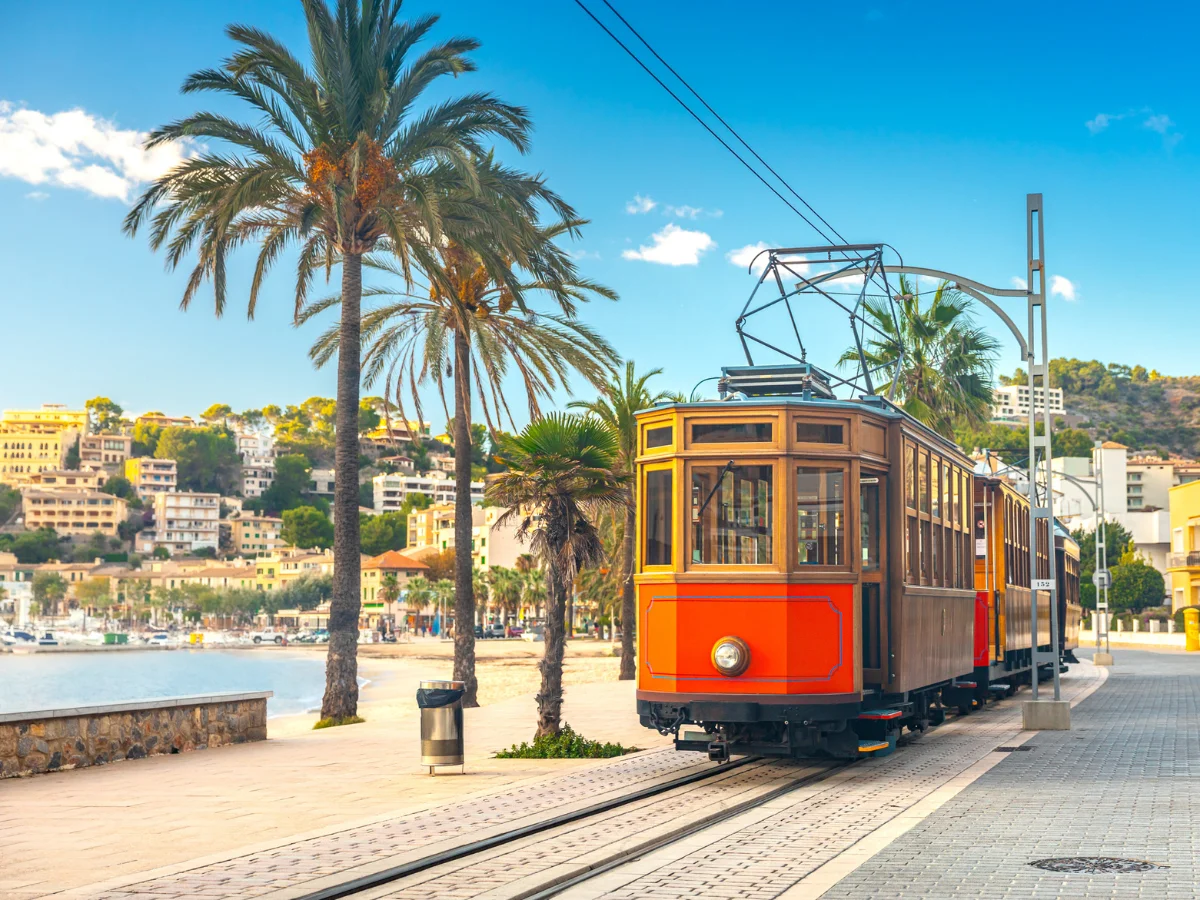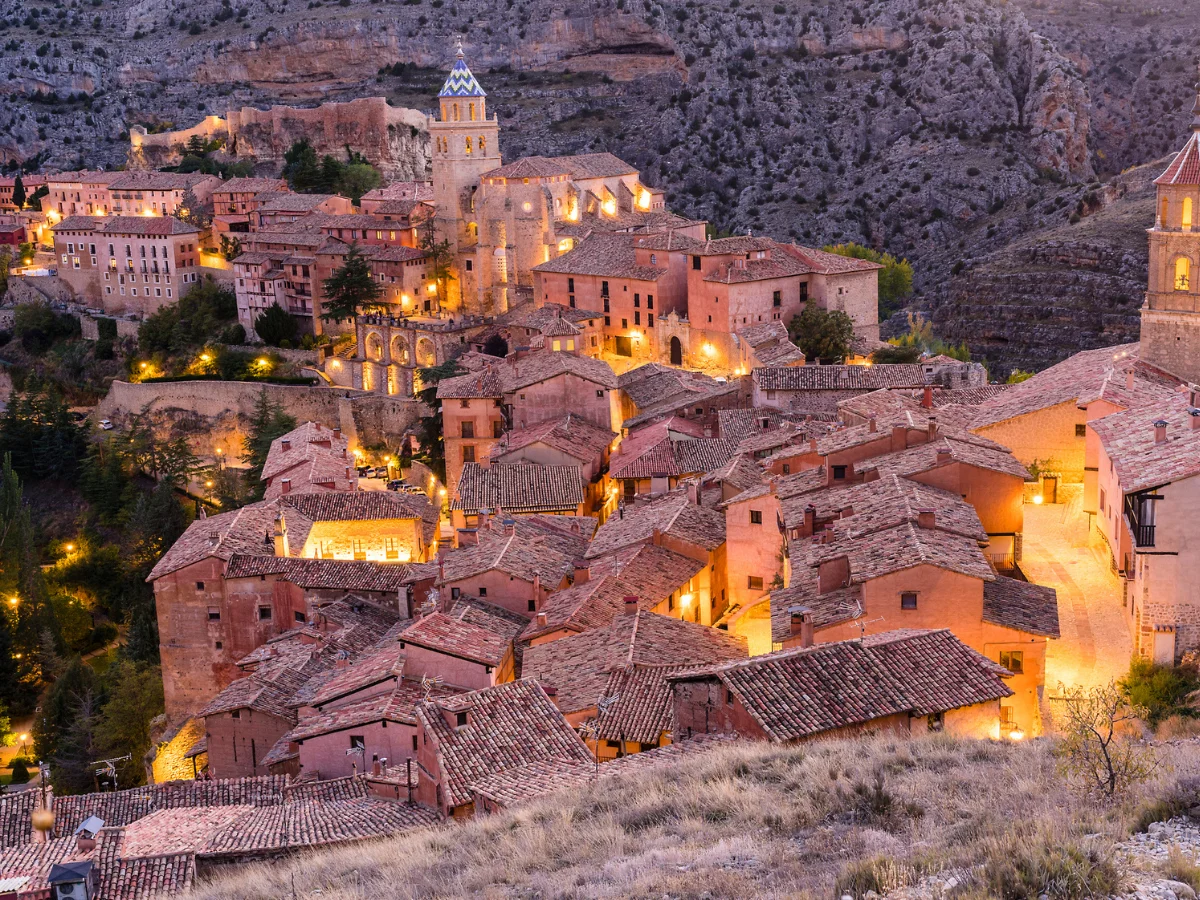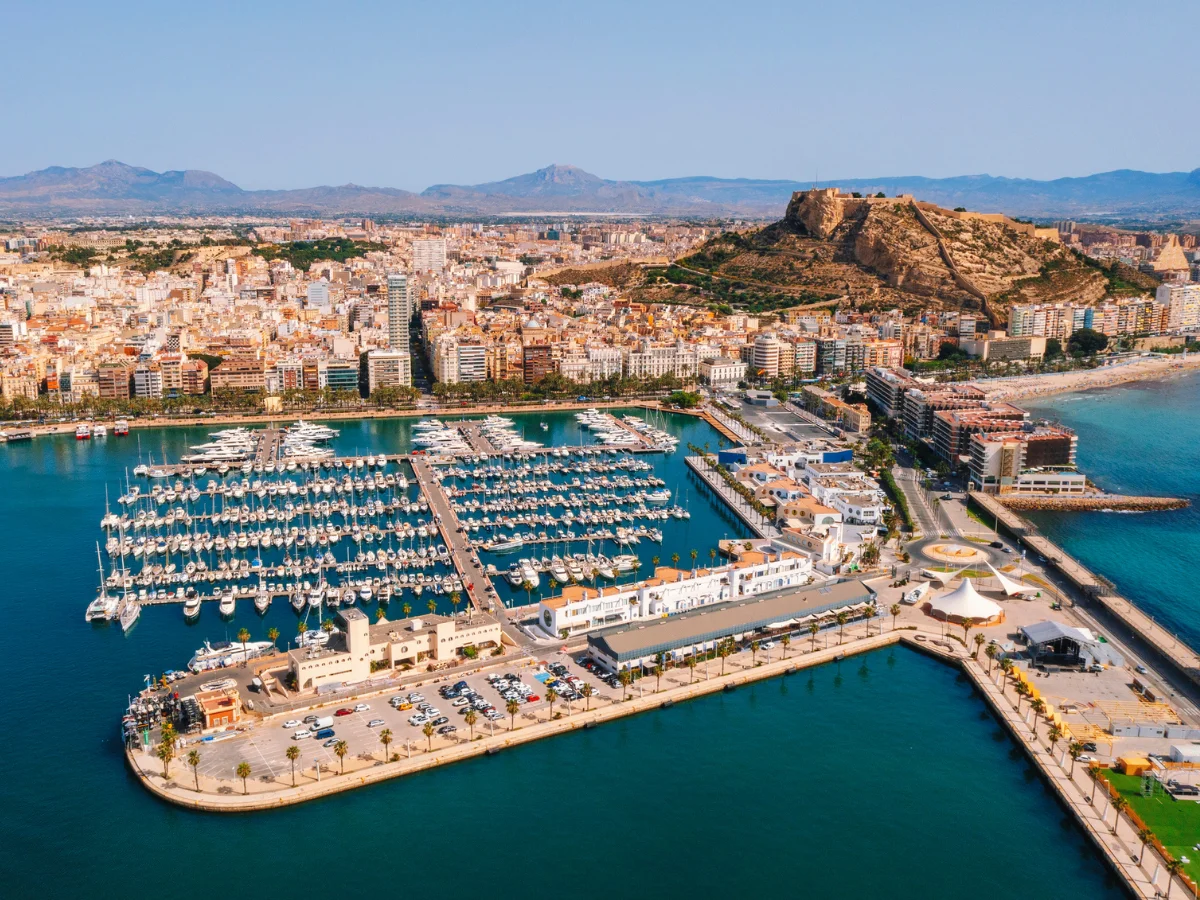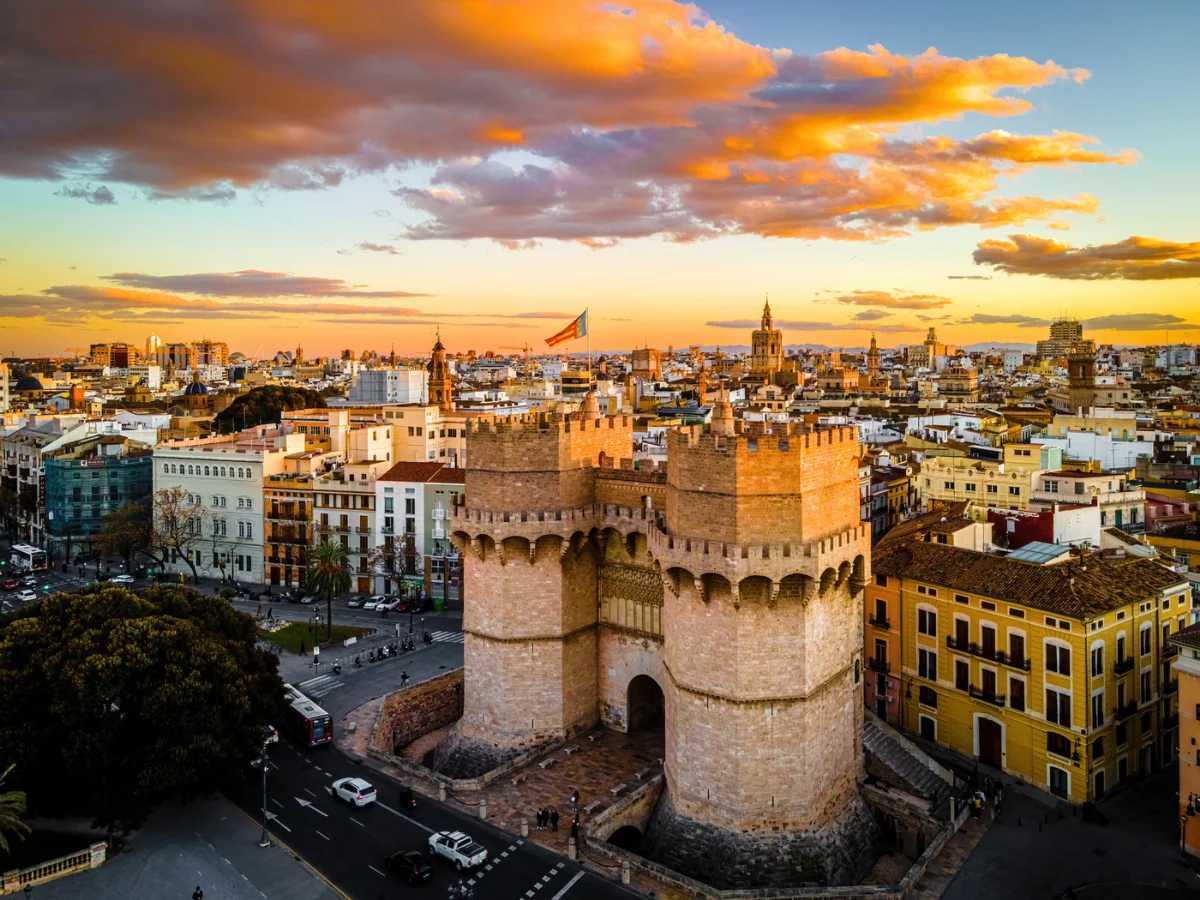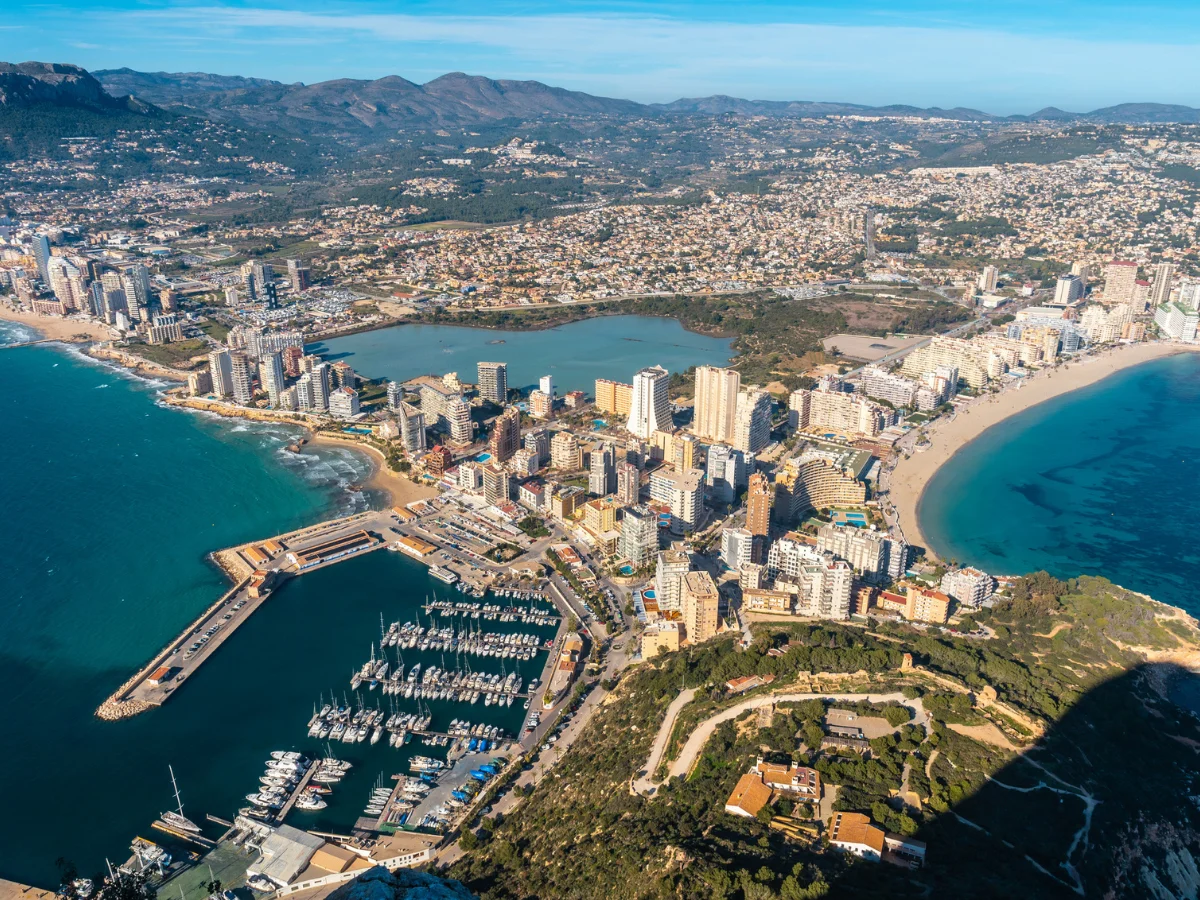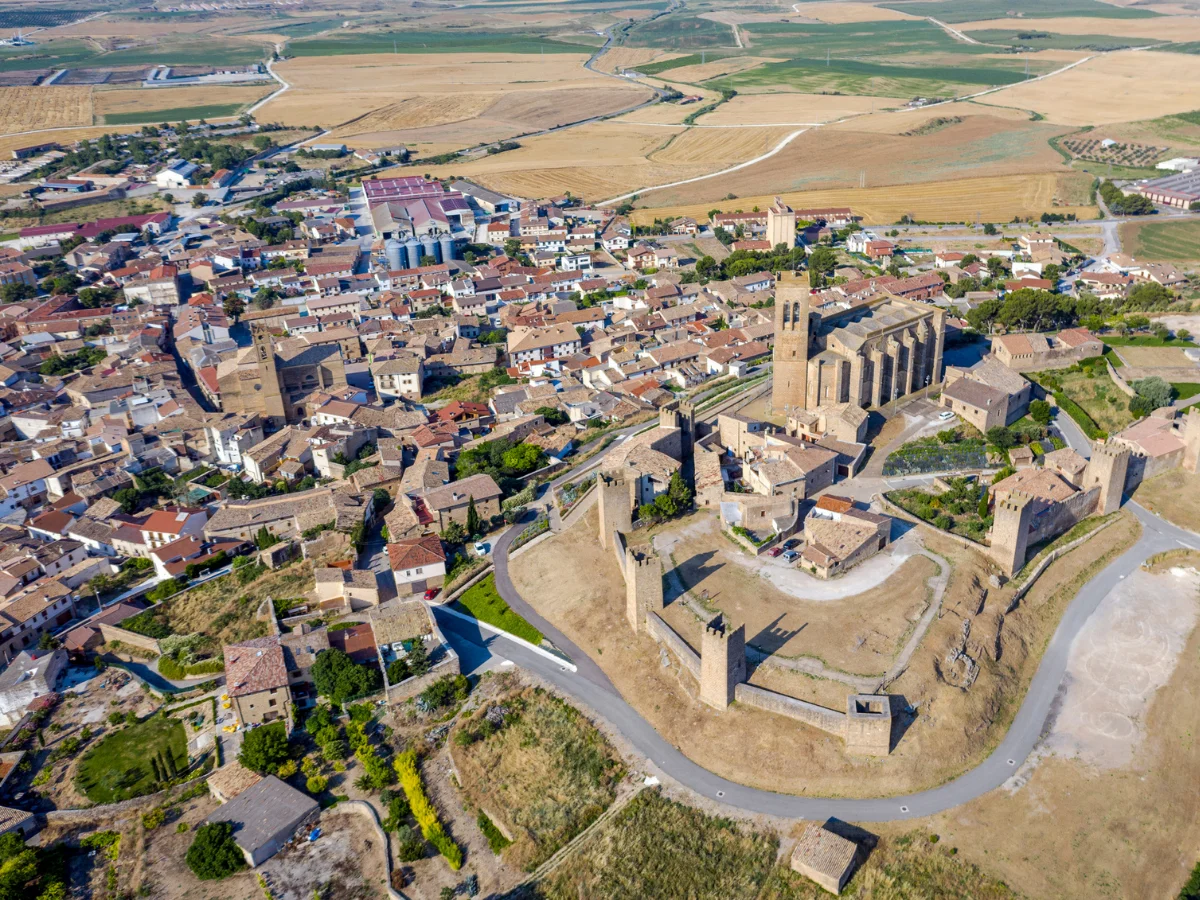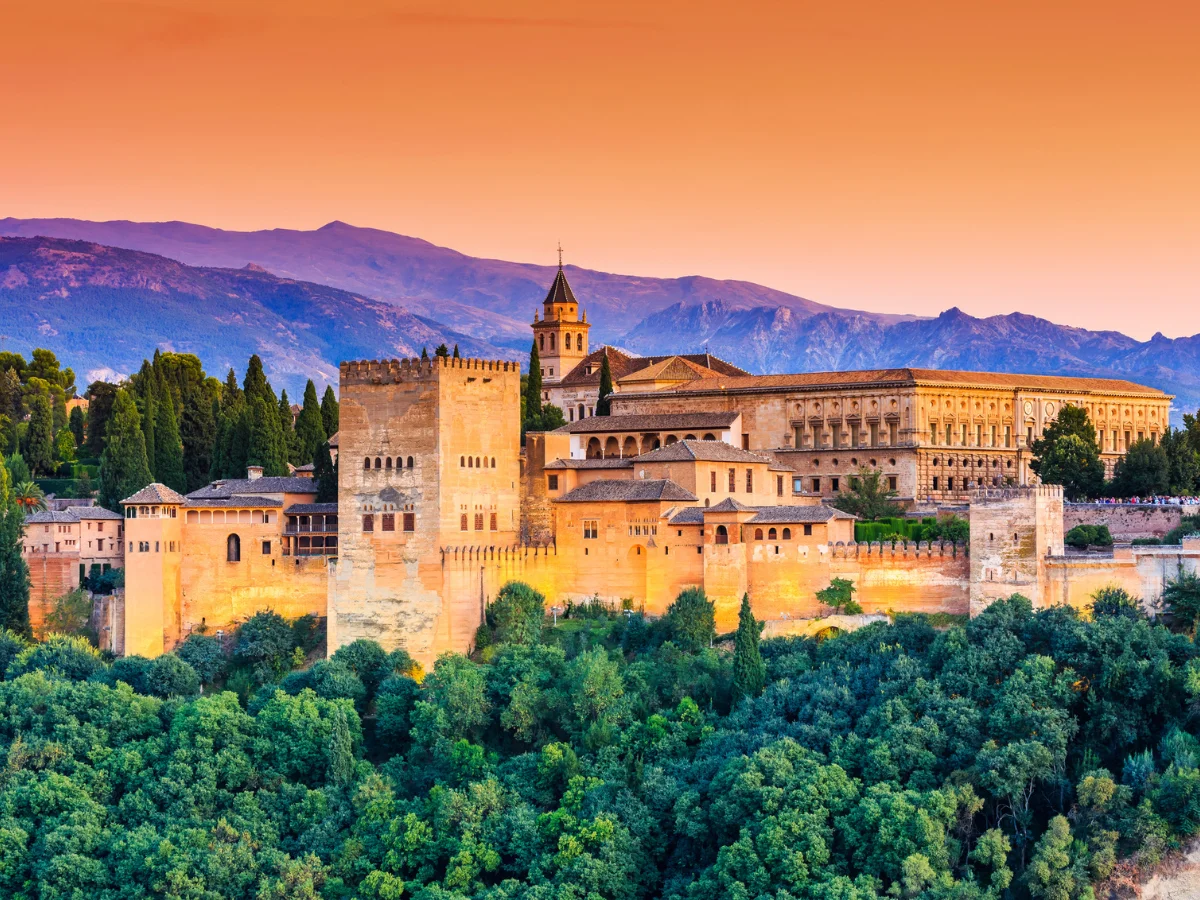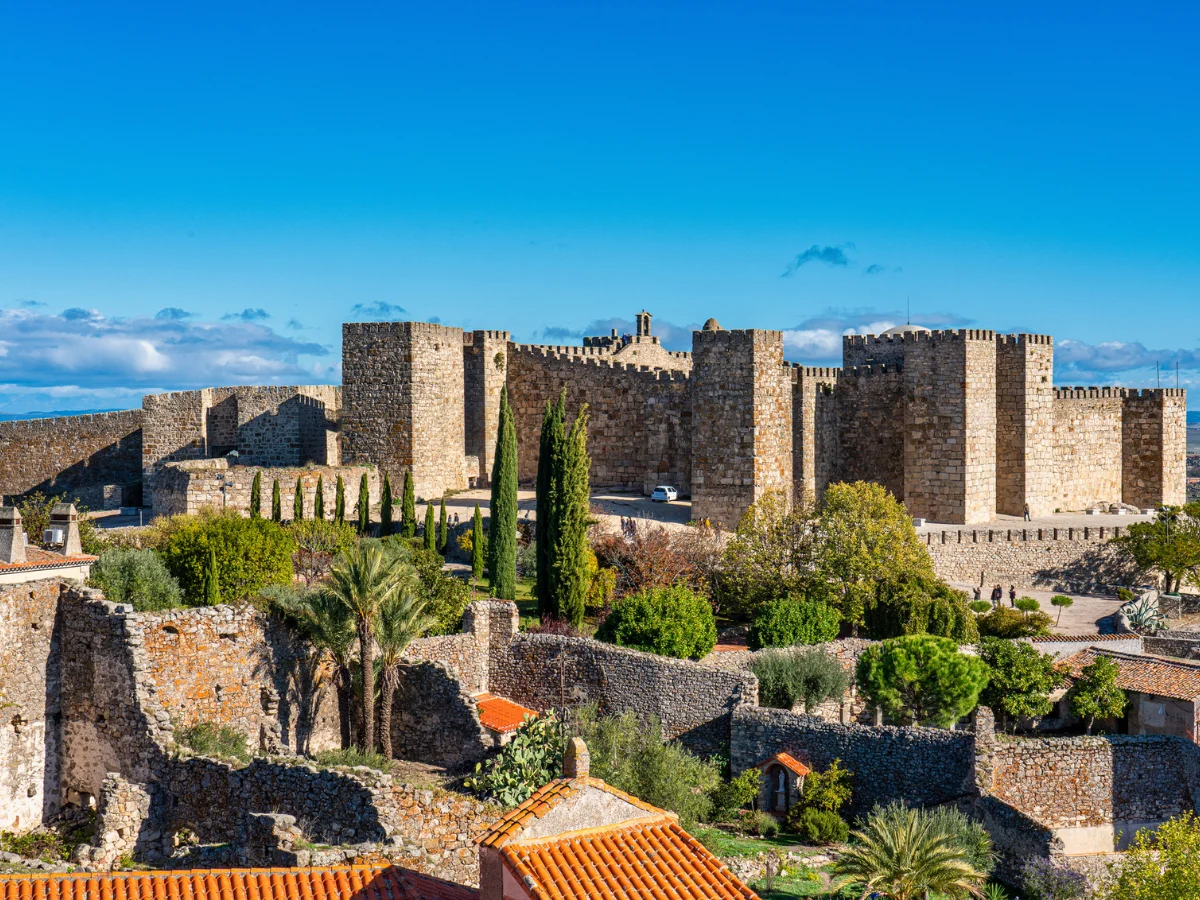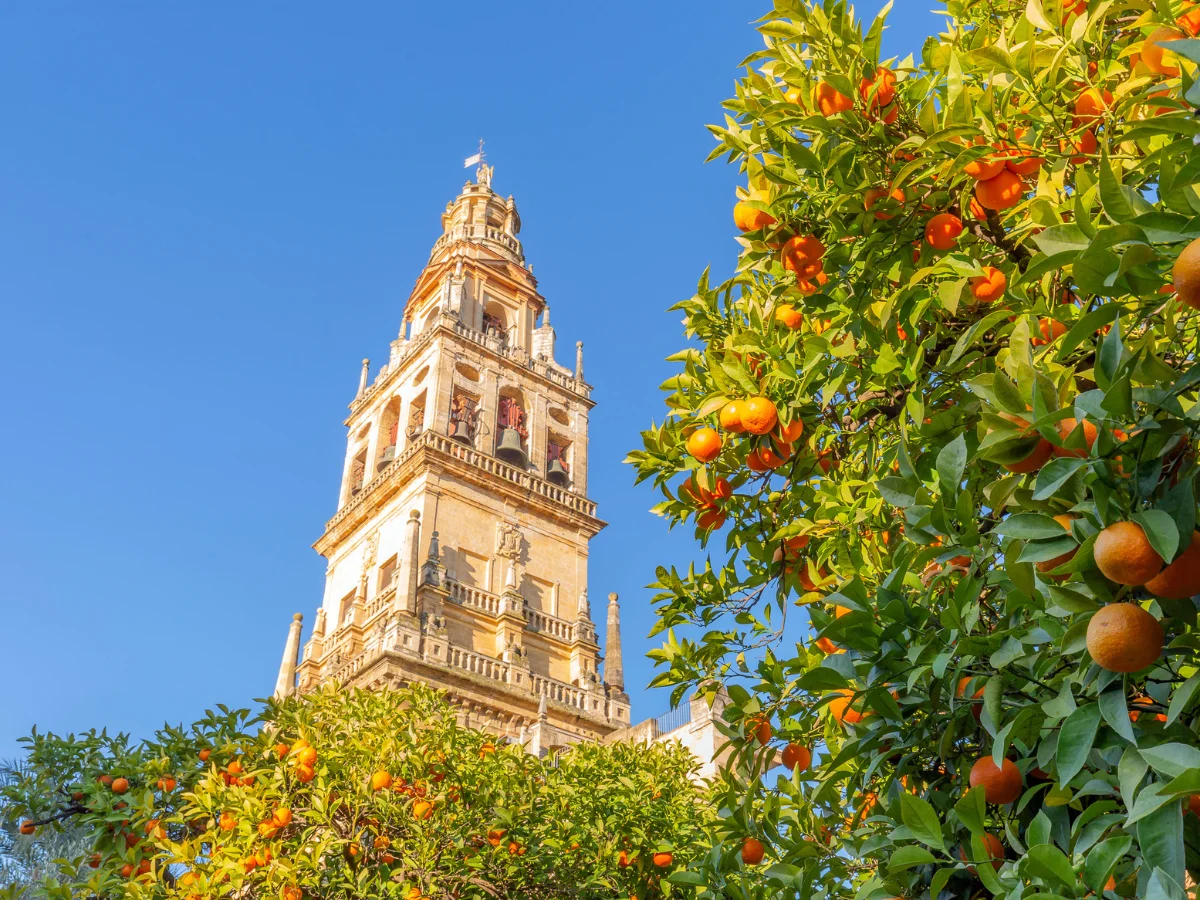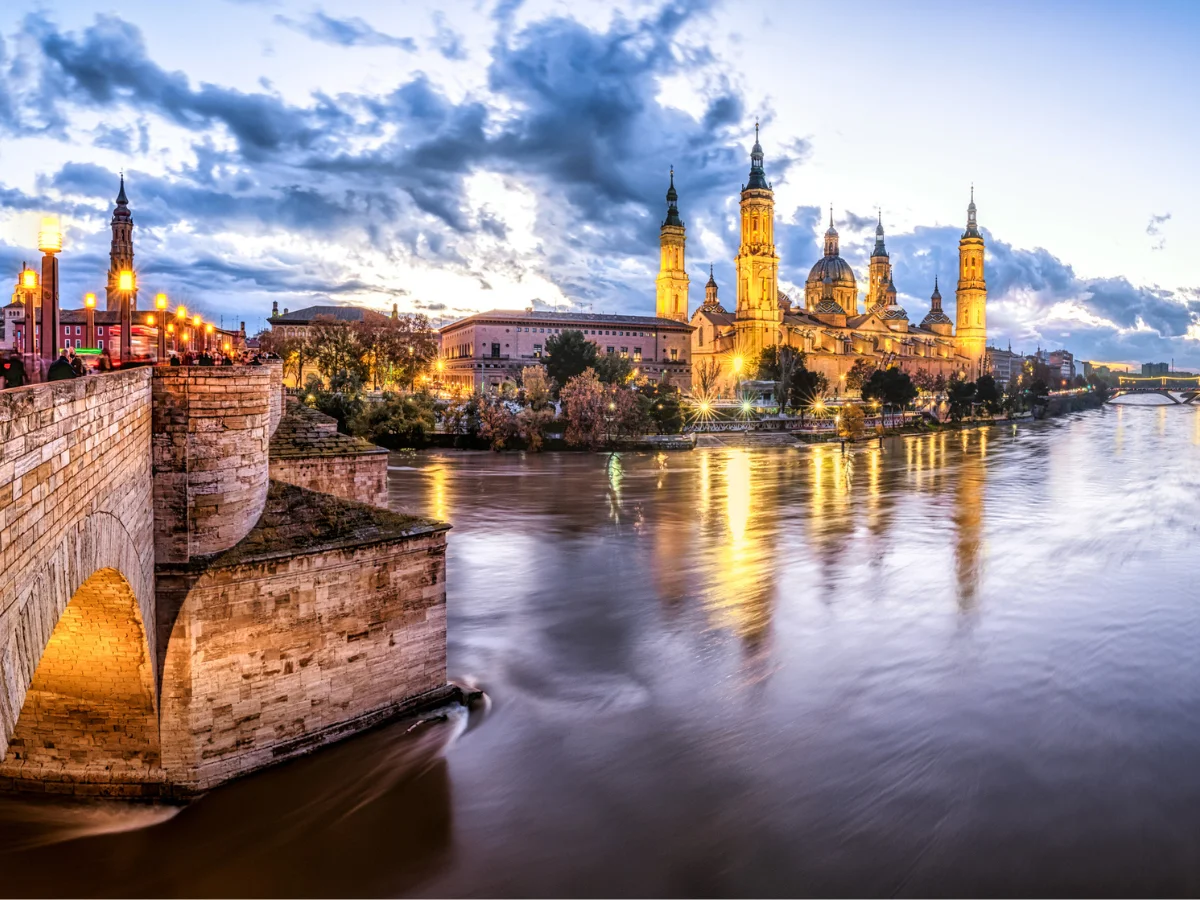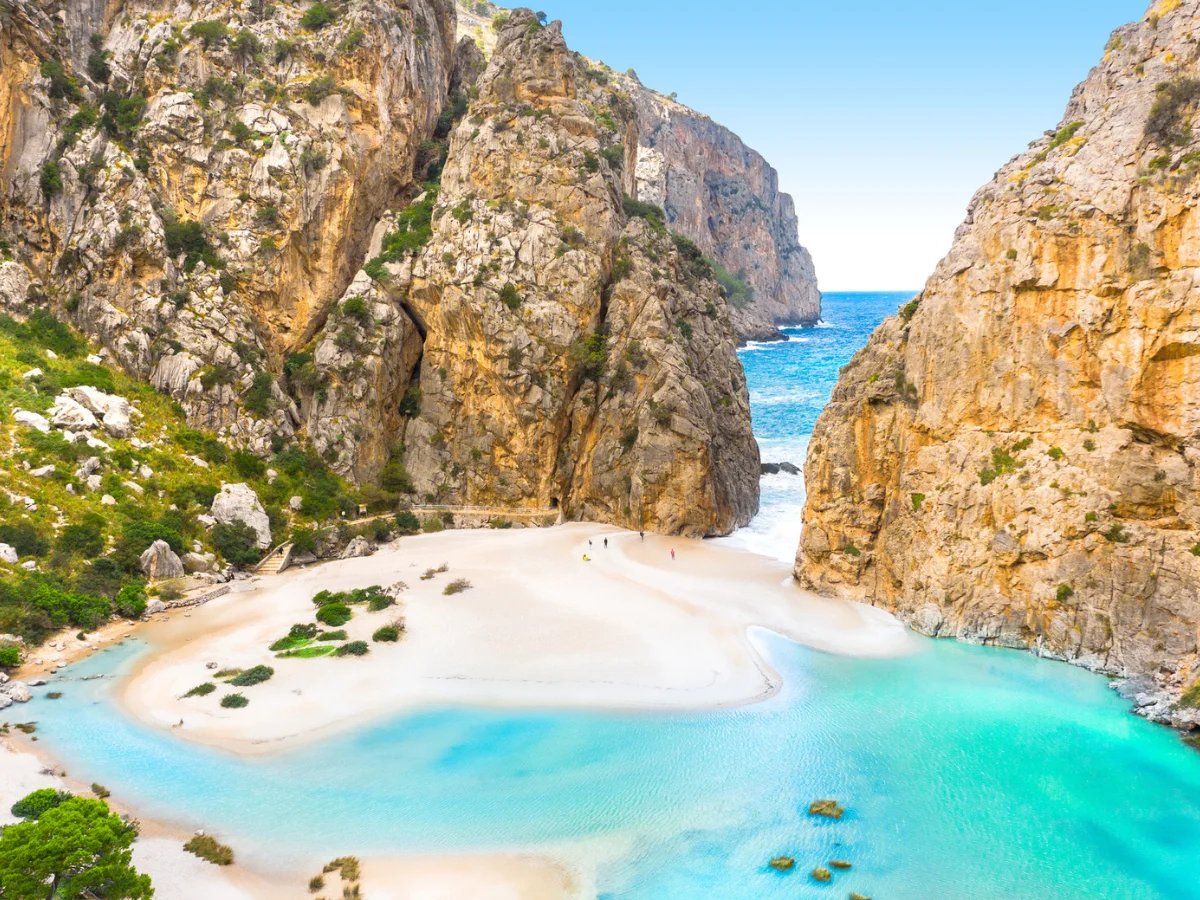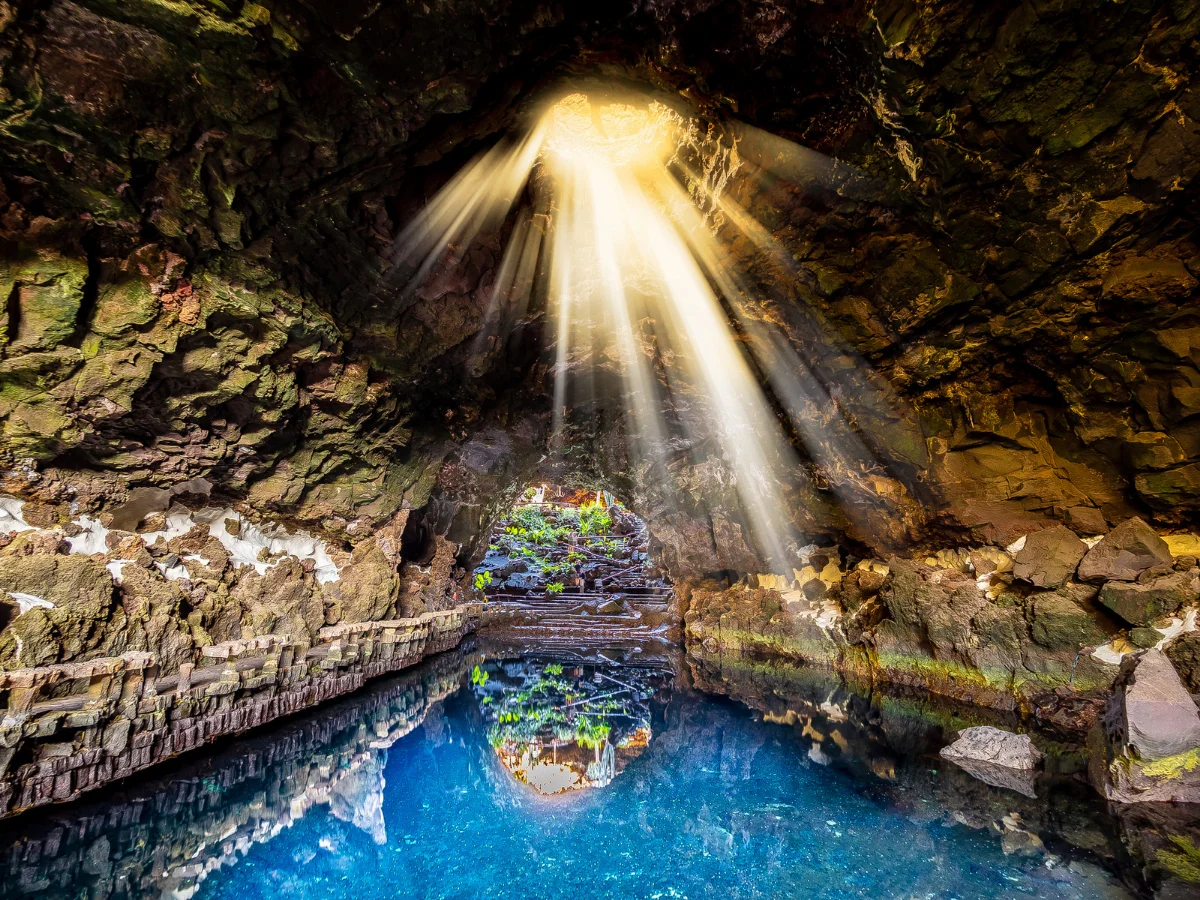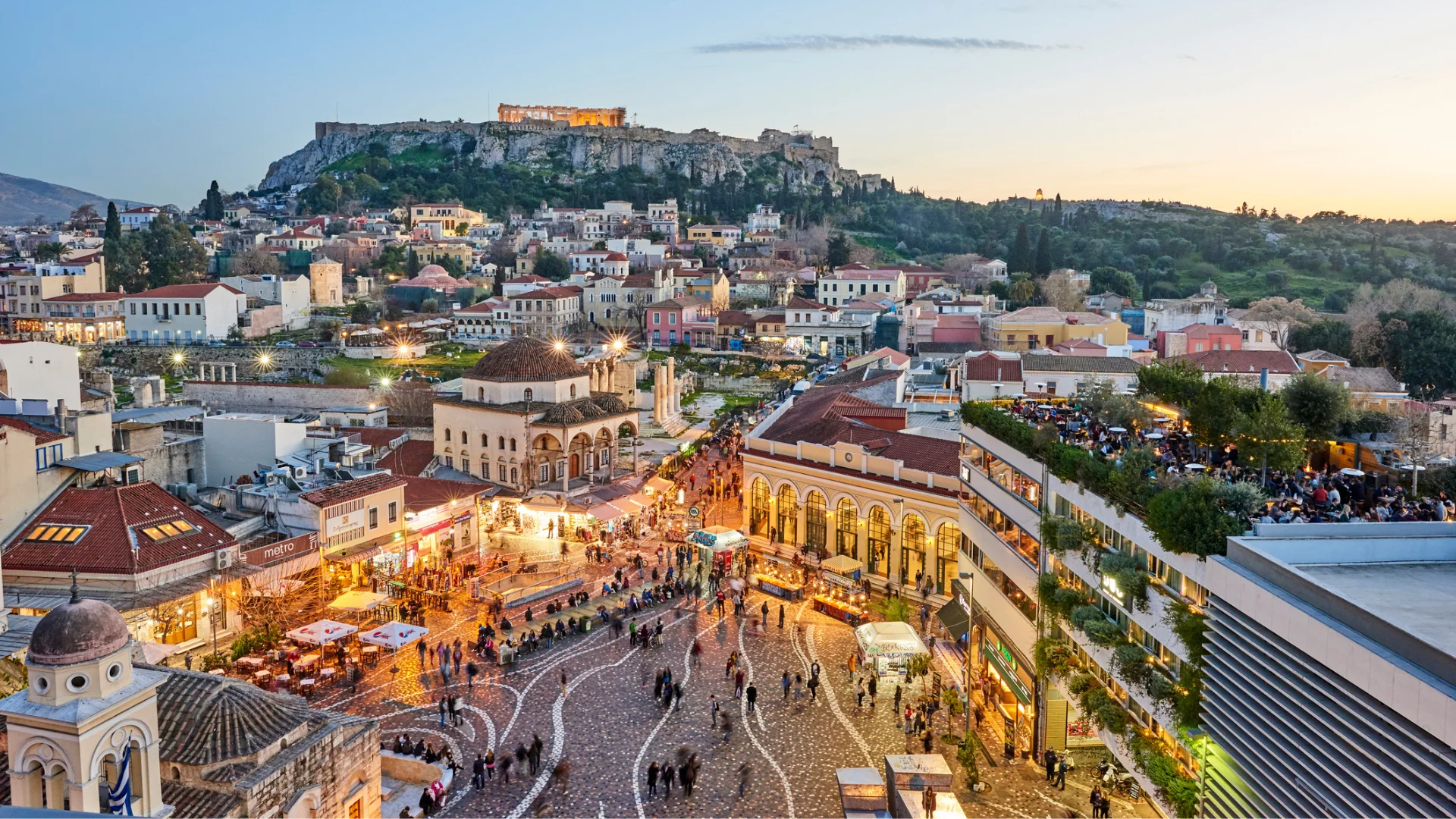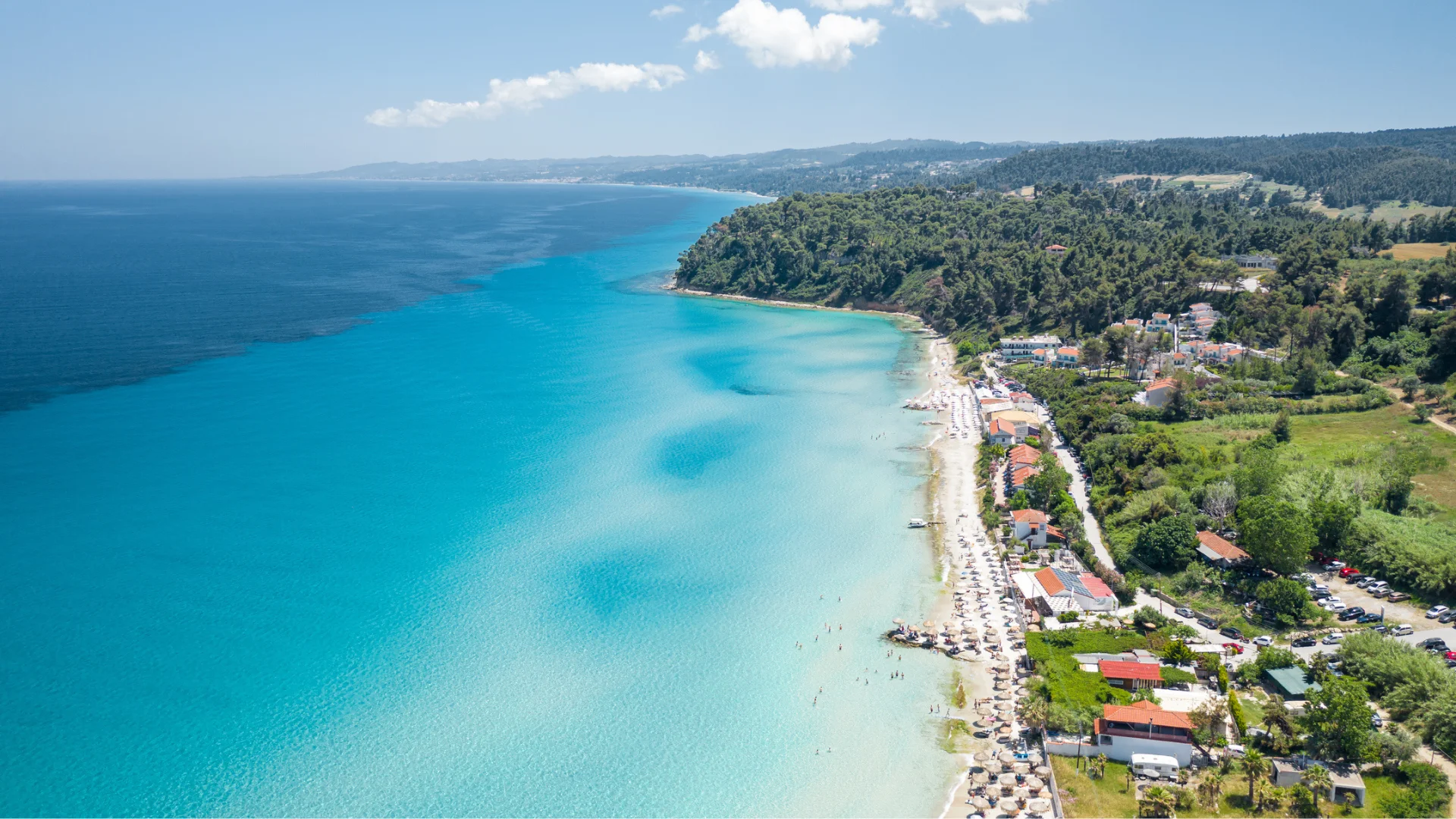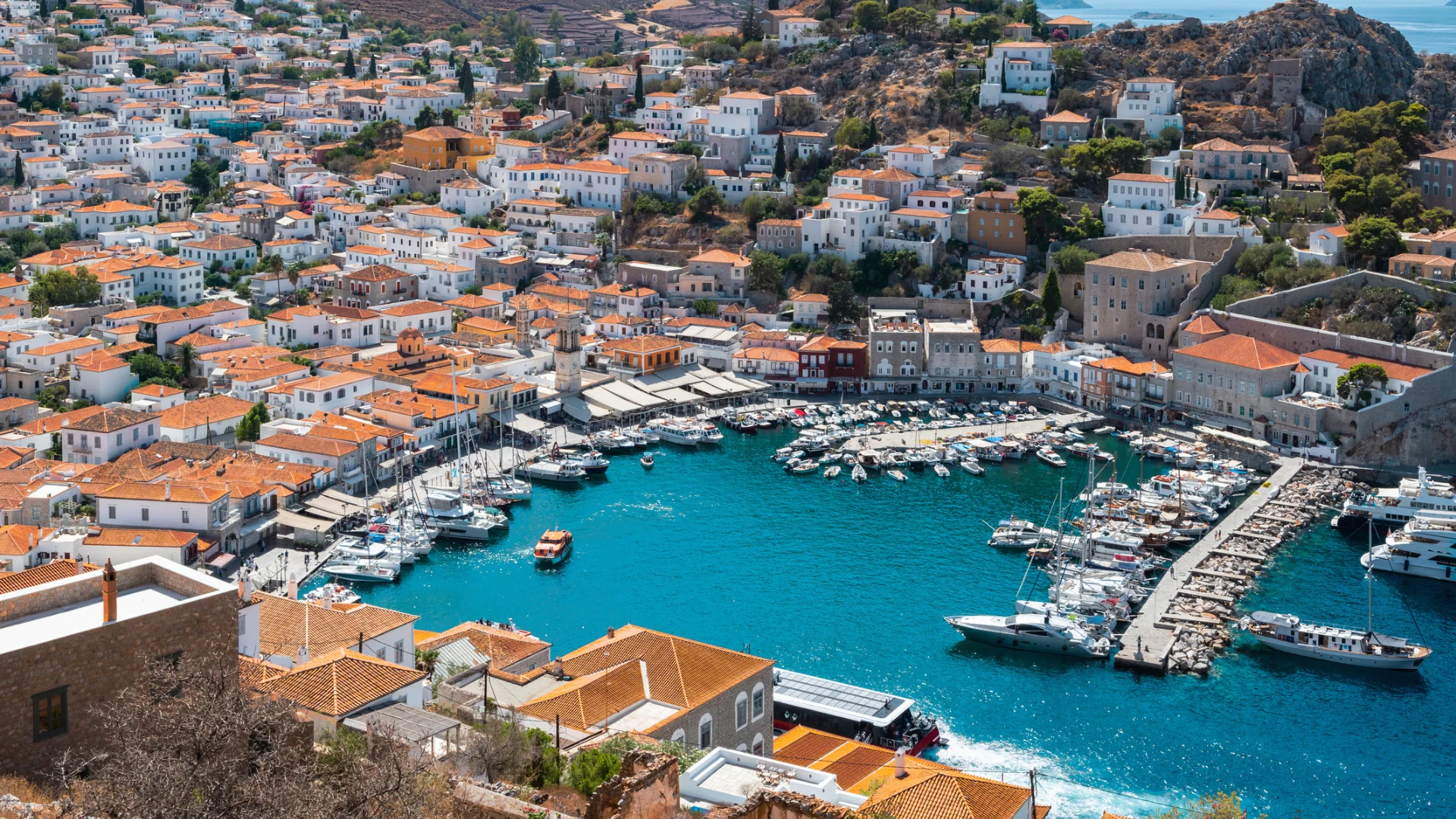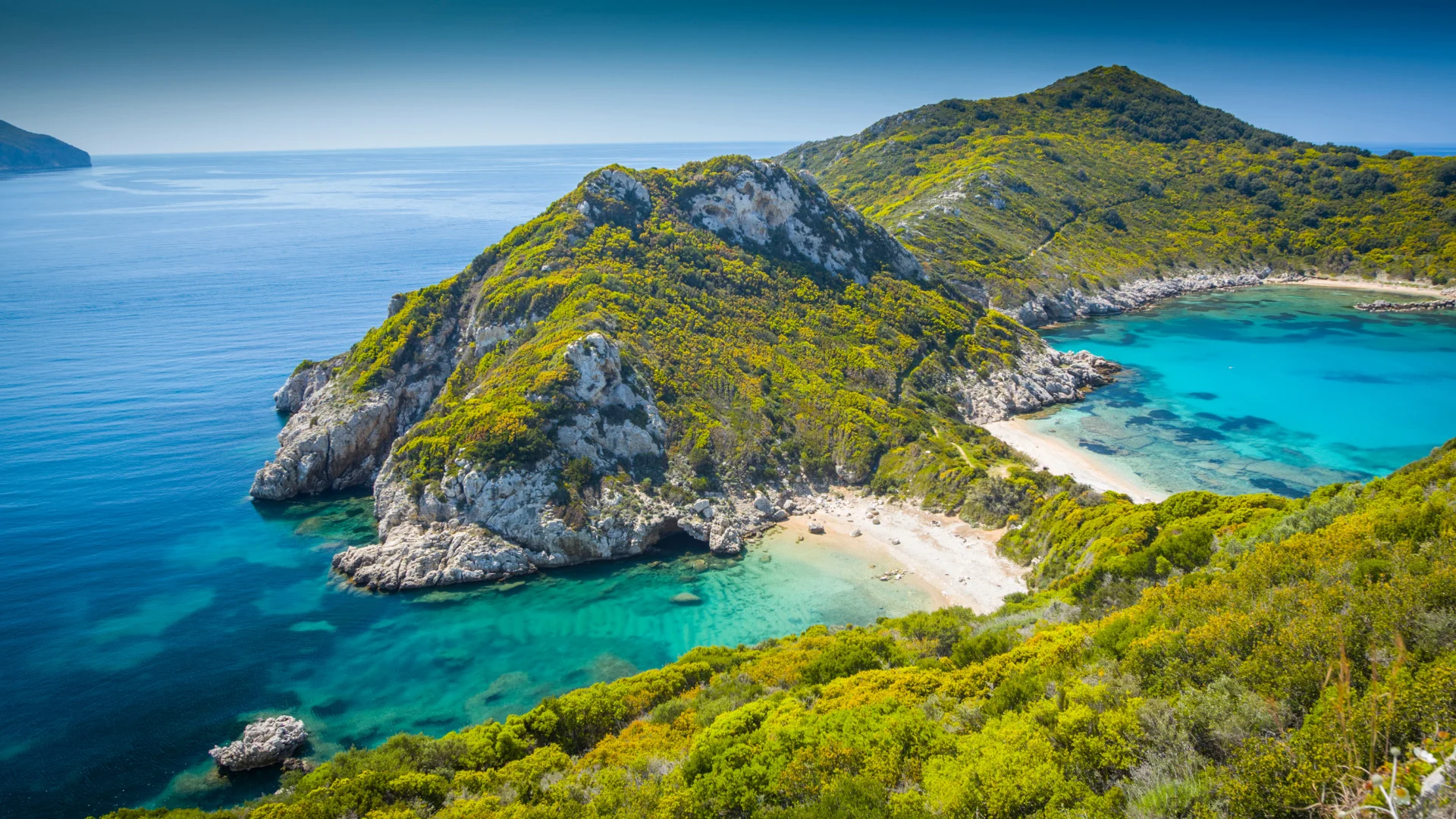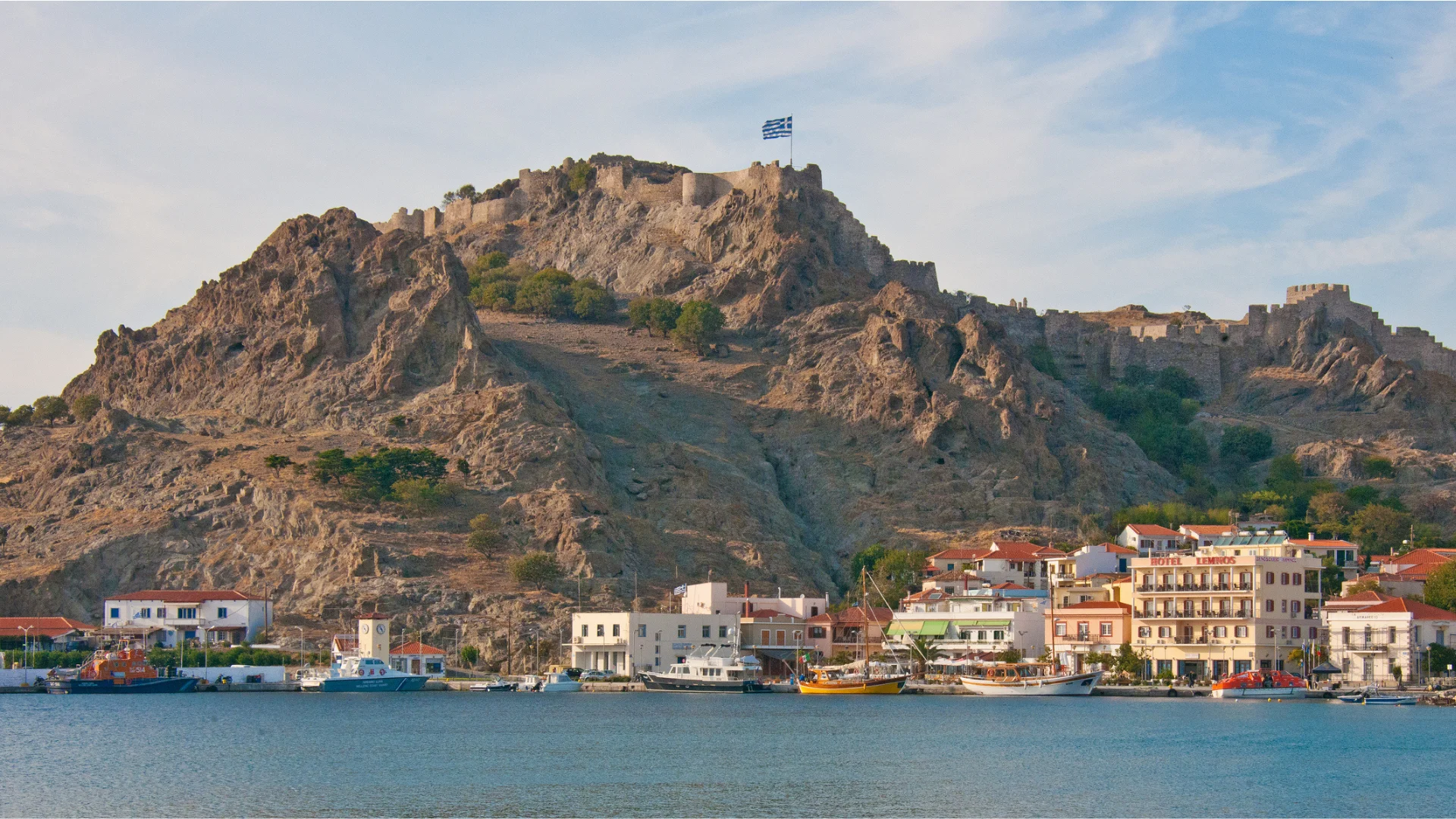Diverse kingdoms thrived in ancient Spain
Diverse kingdoms thrived in ancient Spain, each leaving a unique imprint on history. From the Muslim realms of Al-Andalus to the Christian strongholds of Aragon, Castile, and Navarre, their territories spanned the Iberian Peninsula. Rome’s engineering marvels dotted the landscape, while Carthage’s influence resonated in trade hubs. These kingdoms are remembered for their cultural legacies, evident in magnificent architectural wonders like the Alhambra and Burgos Cathedral.
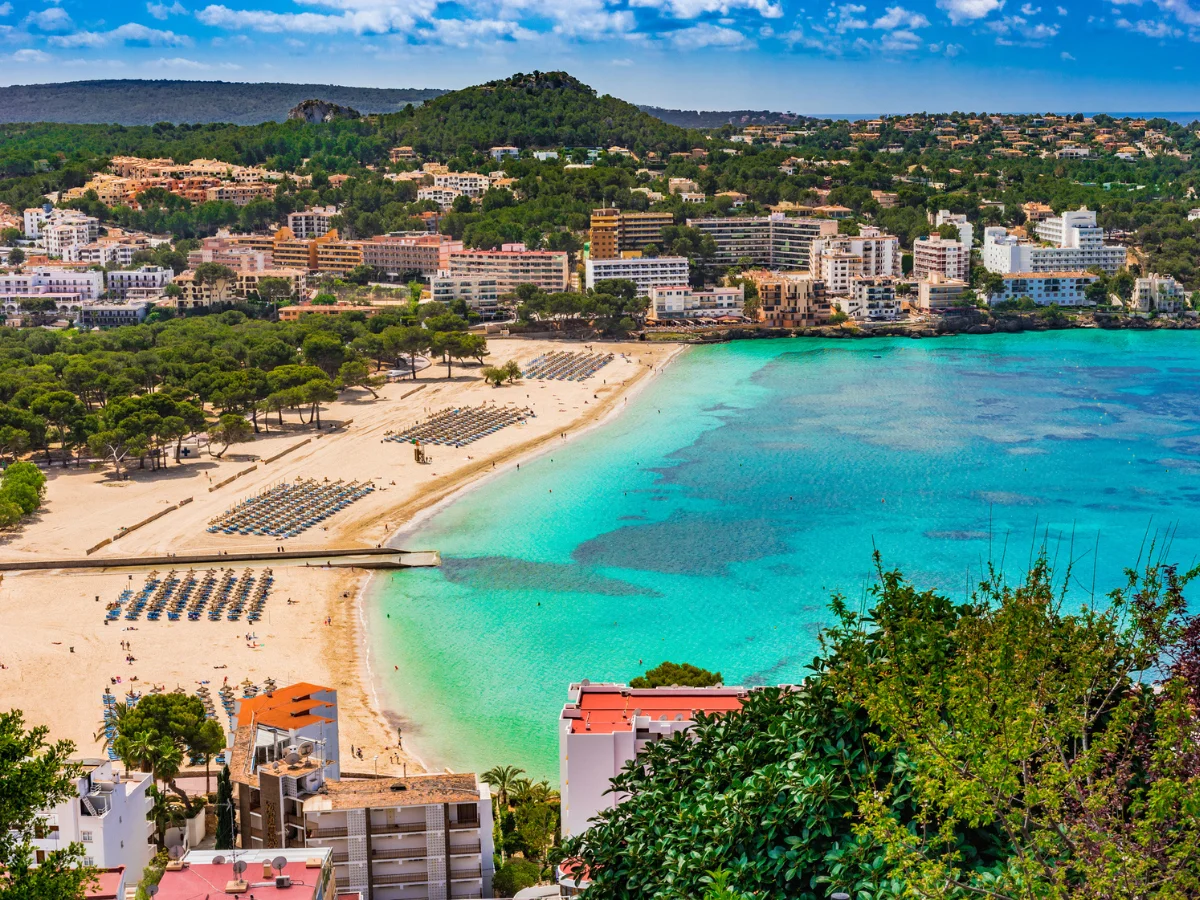
History: Diverse kingdoms thrived in ancient Spain
The Kingdom of Castile in Ancient Spain
Introduction
The Kingdom of Castile emerged as a dominant force in medieval Spain, shaping the political landscape and contributing significantly to the Reconquista.
Territory and Time Period
Founded in the 9th century, Castile initially encompassed the central and northern regions of the Iberian Peninsula, including modern-day Castile and León. It flourished throughout the Middle Ages, playing a crucial role in the unification of Spain.
Known For
Castile is renowned for its military prowess, dynamic monarchs, and the establishment of the Spanish language as a unifying force. It was at the forefront of the Reconquista, gradually reclaiming territory from Muslim rule.
Historical Sites to Visit
- Burgos Cathedral: A masterpiece of Gothic architecture, Burgos Cathedral served as a symbol of Castilian power and religious devotion. Its stunning interior features intricate stained glass windows and the tomb of El Cid, the legendary Castilian knight.
- Alcázar of Segovia: This imposing fortress, perched atop a rocky promontory, overlooks the city of Segovia and offers panoramic views of the surrounding countryside. It was a key stronghold of the Castilian monarchs.
- University of Salamanca: Founded in the 12th century, the University of Salamanca is one of the oldest universities in Europe and a testament to Castile’s commitment to education and intellectual pursuits.
- Castle of La Mota: Located in the town of Medina del Campo, the Castle of La Mota served as a strategic fortress and royal residence during the reign of the Catholic Monarchs, Ferdinand and Isabella.
Legacy
The Kingdom of Castile left a lasting legacy of unity, strength, and cultural achievement. Its language, Castilian Spanish, became the dominant language of Spain and spread throughout the Spanish Empire, shaping the identity of countless nations.
Conclusion
The Kingdom of Castile played a pivotal role in the history of Spain. Leaving behind a wealth of historical sites and cultural landmarks that continue to attract visitors from around the world. Exploring these sites offers a glimpse into Castile’s rich heritage and its enduring impact on the Iberian Peninsula.
Carthage in Ancient Spain
Introduction
Carthage, the ancient Phoenician city-state, established a significant presence in Spain during antiquity. Shaping the region’s history and culture.
Territory and Time Period
Carthage controlled a vast swath of territory along the eastern and southern coasts of the Iberian Peninsula from the 6th century BC until its defeat by Rome in the 3rd century BC.
Known For
Carthage is renowned for its maritime prowess, trade networks, and establishment of thriving colonies, including those in Spain. It played a crucial role in shaping the economic and cultural landscape of the region.
Historical Sites to Visit
- Cartagena: The modern-day city of Cartagena in southeastern Spain was founded by the Carthaginians and served as a major naval base. Visitors can explore archaeological sites such as the Roman Theater and the Punic Wall, remnants of Carthage’s influence.
- Tarragona: This coastal city was known as Tarraco during Roman times, but it was originally a Carthaginian settlement. The archaeological ensemble of Tarraco, including its Roman walls and amphitheater, attests to its ancient origins.
- Malaga: Another important Carthaginian stronghold, Malaga boasts a rich history dating back to Phoenician and Carthaginian times. Visitors can explore the Alcazaba fortress, which has roots in the city’s Carthaginian past.
- Gadir (Cadiz): As one of the oldest continuously inhabited cities in western Europe, Cadiz was originally founded as a Phoenician colony. Its strategic location made it an important center for trade and maritime activities during Carthaginian rule.
Legacy
Carthage’s presence in Spain left a lasting legacy, influencing the region’s economy, urban development, and cultural exchange. Its colonies served as vital hubs for trade and facilitated the diffusion of Phoenician and Carthaginian culture throughout the western Mediterranean.
Conclusion
The legacy of Carthage in ancient Spain is evident in the numerous archaeological sites and cultural landmarks scattered across the region. Exploring these sites offers a fascinating glimpse into the maritime empire’s impact on the Iberian Peninsula and its enduring influence on Spain’s history and heritage.
Spanish History: Diverse kingdoms thrived in ancient Spain
Rome in Ancient Spain
Introduction
Rome’s influence in ancient Spain left an indelible mark on the region’s history, culture, and architecture. Shaping its development for centuries to come.
Territory and Time Period
During the height of the Roman Empire, Spain was known as Hispania and was divided into several provinces. Roman control extended from the 2nd century BC until the collapse of the Western Roman Empire in the 5th century AD.
Known For
Rome is renowned for its engineering marvels, administrative prowess, and the spread of Roman culture throughout Hispania. It brought infrastructure, law, and urban planning to the region. Laying the foundation for modern Spanish cities.
Historical Sites to Visit
- The Roman Theatre of Mérida: This remarkably well-preserved theater in modern-day Mérida is a UNESCO World Heritage Site and a testament to Roman architectural ingenuity.
- The Aqueduct of Segovia: A symbol of Roman engineering, the aqueduct in Segovia is a striking example of ancient water supply systems and a must-see for visitors interested in Roman infrastructure.
- Tarragona Amphitheatre: This ancient amphitheater once hosted gladiatorial contests and is now a captivating archaeological site offering insights into Roman entertainment.
- The Roman Walls of Lugo: These remarkably intact walls encircle the historic center of Lugo and are one of the best-preserved examples of Roman fortifications in the world.
Legacy
Rome’s legacy in ancient Spain is multifaceted, encompassing language, law, architecture, and cultural practices. The Latin language, Roman law, and Christianity all left a lasting impact on the region, shaping its identity for centuries.
Conclusion
The presence of Rome in ancient Spain is evident in the numerous archaeological sites and cultural landmarks scattered throughout the country. Exploring these sites allows visitors to trace the footsteps of ancient Romans and gain a deeper understanding of their enduring influence on Spanish history and culture.
Ancient Spain: Diverse kingdoms thrived
The Kingdom of Aragon in Ancient Spain
Introduction
The Kingdom of Aragon emerged as a powerful entity in medieval Spain. Playing a pivotal role in the Reconquista and shaping the history of the Iberian Peninsula.
Territory and Time Period
Founded in the 11th century, the Kingdom of Aragon initially encompassed northeastern Spain, including regions such as Aragon, Catalonia, Valencia, and the Balearic Islands.
Known For
Aragon is renowned for its maritime prowess, vibrant trade networks, and dynamic cultural exchange. It established itself as a dominant force in Mediterranean politics and played a crucial role in the Christian reconquest of Spain.
Historical Sites to Visit
Palacio Real de la Almudaina: Situated in Palma de Mallorca, the Palacio Real de la Almudaina reflects Aragon’s influence in the Balearic Islands. This royal palace, with its blend of Gothic and Moorish elements, speaks to the kingdom’s maritime power and cultural expansion.
Castle of Loarre: This well-preserved medieval fortress is nestled in the Aragonese countryside. It offers panoramic views and insights into Aragon’s military history.
- Palau Reial Major: Situated in Barcelona’s Gothic Quarter, this historic palace once served as the residence of the Counts of Barcelona, highlighting Aragon’s influence in Catalonia.
Legacy The Kingdom of Aragon left a lasting legacy, fostering a spirit of innovation, exploration, and cultural diversity. It promoted the arts and sciences, encouraged maritime exploration, and laid the groundwork for the expansion of the Spanish Empire.
Conclusion The Kingdom of Aragon stands as a testament to the resilience and ingenuity of medieval Spain. Exploring its historical sites allows visitors to delve into the rich tapestry of its history and appreciate its enduring influence on the region and beyond.
The Kingdom of Navarre in Ancient Spain
Introduction
The Kingdom of Navarre, nestled in the Pyrenees Mountains, played a significant role in the medieval history of Spain. Marked by its strategic location and rich cultural heritage.
Territory and Time Period
Founded in the 9th century, the Kingdom of Navarre controlled territories in what is now northern Spain and southern France. Its boundaries fluctuated over time due to conflicts with neighboring kingdoms.
Known For
Navarre is renowned for its cultural diversity, blending Basque, Spanish, and French influences. It was also known for its strong monarchy and its alliances with other Christian kingdoms during the Reconquista.
Historical Sites to Visit
- Castle of Javier: This medieval fortress, located in the province of Navarre, was the birthplace of Saint Francis Xavier and offers stunning views of the surrounding countryside.
- Royal Palace of Olite: Once the seat of the Navarrese monarchs, the Royal Palace of Olite is a magnificent example of Gothic architecture, featuring elaborate decorations and spacious courtyards.
- Pamplona Cathedral: Dating back to the 12th century, Pamplona Cathedral is an architectural marvel, showcasing Romanesque, Gothic, and Neoclassical elements. It houses the tomb of King Charles III of Navarre.
- Castle of Maya: Situated near Pamplona, the Castle of Maya is a well-preserved medieval fortress that offers visitors a glimpse into Navarre’s military history and defensive architecture.
Legacy
The Kingdom of Navarre left a lasting legacy of cultural exchange and political intrigue. Its unique position between Spain and France facilitated trade and diplomatic relations, contributing to the region’s prosperity and diversity.
Conclusion
The Kingdom of Navarre stands as a testament to the complexity and richness of medieval Spain. Exploring its historical sites allows visitors to unravel the layers of its history and appreciate its enduring impact on the cultural landscape of the Iberian Peninsula.
The Muslim Kingdoms in Ancient Spain
Introduction
During the medieval period, Muslim kingdoms thrived in what is now modern-day Spain, leaving an indelible mark on the region’s history and culture.
Territory and Time Period
From the early 8th century to the late 15th century, Muslim rule extended across much of the Iberian Peninsula. Encompassing regions such as Al-Andalus, which included present-day Andalusia, Catalonia, Valencia, and parts of Portugal.
Legacy and Contributions
These kingdoms are renowned for their contributions to architecture, science, and philosophy. They fostered a rich cultural exchange known as the Convivencia, where Muslims, Christians, and Jews coexisted and shared knowledge.
Historical Sites to Visit
- The Alhambra: Alhambra in Granada stands as a testament to the grandeur of Muslim architecture, with its intricate carvings, lush gardens, and stunning palaces.
- The Great Mosque of Córdoba: The Mosque is a masterpiece of Islamic architecture, featuring a mesmerizing forest of columns and arches.
- The Alcazar of Seville: It showcases a blend of Moorish and Christian architectural styles, reflecting the region’s diverse heritage.
- The Alcázar of Toledo: It offers a glimpse into medieval Spain, with its strategic location and imposing fortifications.
- The Medina Azahara: Located near Córdoba, it was once a lavish palace-city, now in ruins, but still echoing the opulence of Al-Andalus.
Enduring Influence
Even after the Reconquista, the Christian reconquest of Spain, Muslim culture continued to influence Spanish art, language, and cuisine. Words like “algebra” and “alcohol” bear traces of Arabic influence, highlighting the lasting impact of the Muslim kingdoms on Spanish society.
Conclusion
The Muslim kingdoms of ancient Spain left an indelible legacy, shaping the region’s history, culture, and identity. Exploring their historical sites allows visitors to immerse themselves in the vibrant tapestry of Al-Andalus and appreciate its enduring influence on modern-day Spain.
Spanish History: Diverse kingdoms thrived in ancient Spain
The Kingdom of León in Ancient Spain
Introduction
The Kingdom of León emerged as a prominent power in medieval Spain, playing a crucial role in the Christian Reconquista of the Iberian Peninsula.
Territory and Time Period
Founded in the 9th century, the Kingdom of León controlled vast territories in the northwest of the Iberian Peninsula, including parts of present-day Spain and Portugal. It flourished until the late 12th century.
Known For
León was renowned for its strategic location, serving as a bulwark against Muslim invasions from the south. It also became a center of Christian pilgrimage, with its cathedral housing the revered tomb of Saint James.
Historical Sites to Visit
- León Cathedral: A masterpiece of Gothic architecture, the cathedral boasts stunning stained glass windows and intricate sculptures, including the famous ‘Puerta del Perdón.’
- San Isidoro Basilica: This Romanesque church houses the Royal Pantheon, where the remains of medieval kings and queens of León are interred, offering a glimpse into the kingdom’s royal history.
- Astorga: A historic town with Roman origins, Astorga features a well-preserved medieval wall and the impressive Episcopal Palace designed by the renowned architect Antoni Gaudí.
- Medieval Walls of León: These ancient fortifications once encircled the city of León, providing protection during times of conflict. Today, visitors can walk along sections of the remaining walls and admire panoramic views of the city.
Legacy
The Kingdom of León played a crucial role in the Reconquista, gradually reclaiming territories from Muslim rule and contributing to the eventual unification of Spain under Christian monarchs. Its cultural and architectural legacy continues to resonate in the region. Shaping the identity of modern-day Spain.
Conclusion
The Kingdom of León stands as a testament to the resilience and determination of medieval Christian kingdoms in Spain. Exploring its historical sites allows visitors to delve into the rich tapestry of its history and appreciate its enduring influence on the region.
Explore the historical and beautiful Greece in Southern Europe
Travel to the beautiful country Greece, where ancient history meets stunning beaches. Discover the charm of Athens, the birthplace of democracy, amidst iconic ruins like the Acropolis. Dive into the azure waters of Santorini, where white-washed buildings cling to cliffs against the backdrop of breathtaking sunsets. Explore the vibrant streets of Mykonos, where winding alleys lead to picturesque cafes and lively tavernas.
Experience the tranquility of the Greek islands, from the hidden gems of Crete to the untouched beauty of Zakynthos. Indulge in mouthwatering Greek cuisine, from fresh seafood to flavorful souvlaki. Immerse yourself in Greek culture through traditional dances, music, and festivals. Whether you seek adventure, relaxation, or cultural enrichment, Greece offers an unforgettable journey filled with warmth, beauty, and hospitality.

